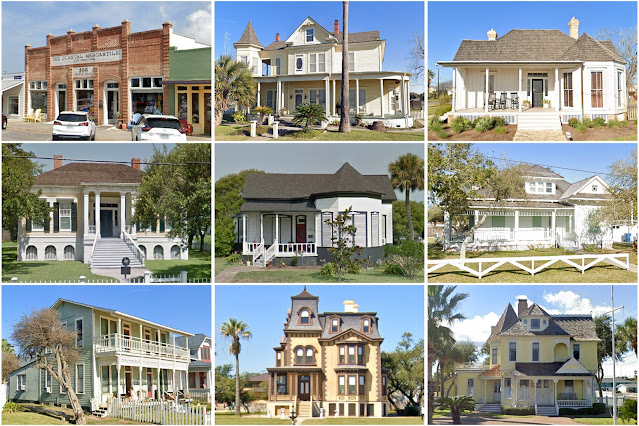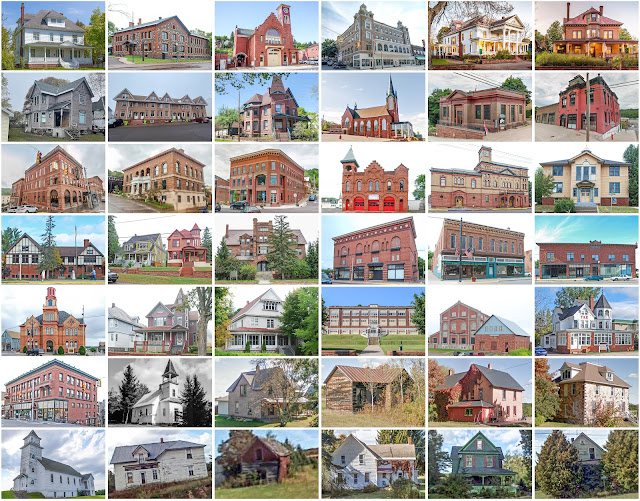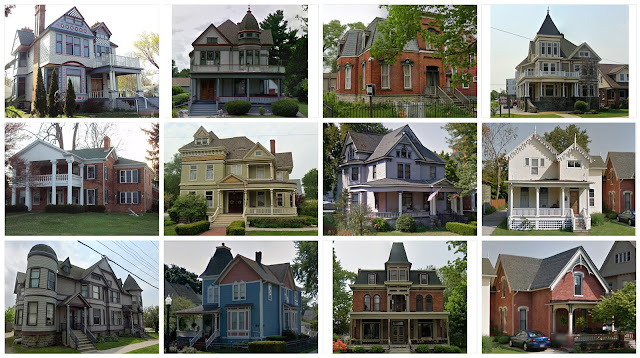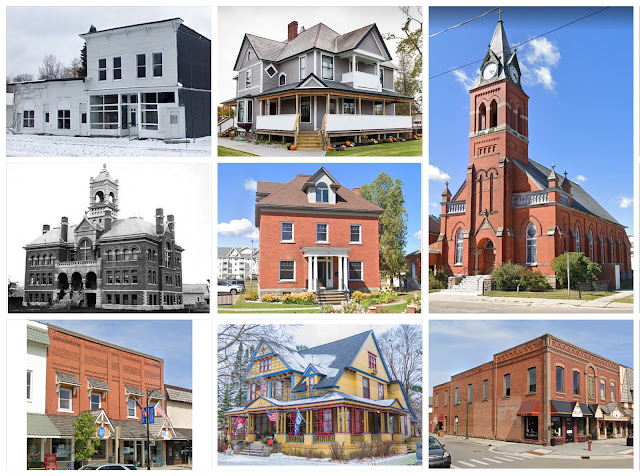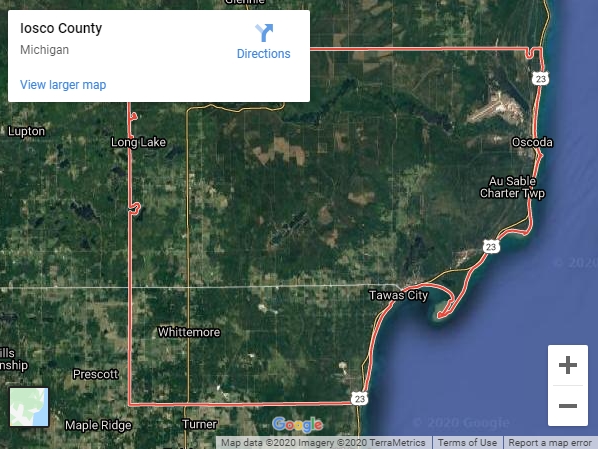Marquette County, Michigan

Founding: 1851 (declared in 1843) Parent counties: Chippewa and Mackinac Namesake: Jacques Marquette, Jesuit missionary Seat: Marquette (1850s–) Land area: 1,808 square miles Population (2020): 66,017 Population (historic): 2,821 (1860); 25,394 (1880); 41,239 (1900); 44,076 (1930) Periods of population growth: 1850–1910; 1930–1980; 2000s Subdivisions: Three cities; nine CDPs; 19 townships National Register listings: 41 Pre-1940 residences (estimated): 6,535 (18.7%) Pre-1940 housing survival rate: 68% Farm housing in disrepair (1950): 7.8% Nonfarm housing in disrepair (1950): 7.2% Average farmhouse value (1930): $901 Average outbuilding value (1930): $944 Average farmhouse size (1940): 4.9 rooms Number of farms (1920): 846 Average farm size (1920): 33 acres Sources of settlement: Canada, Sweden, Finland, France, New York, Germany, England, and Ireland _________________________________________________________________________________ Ma
